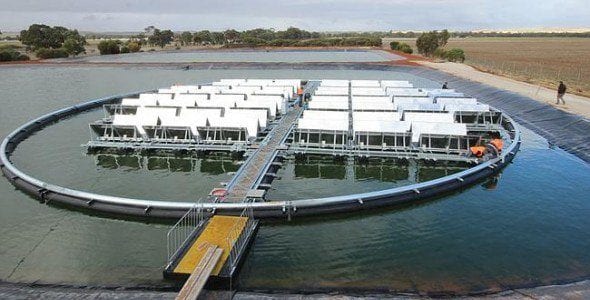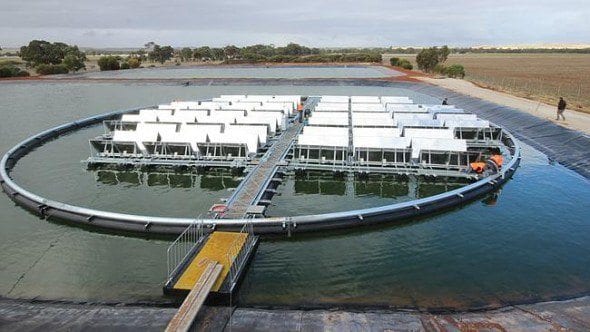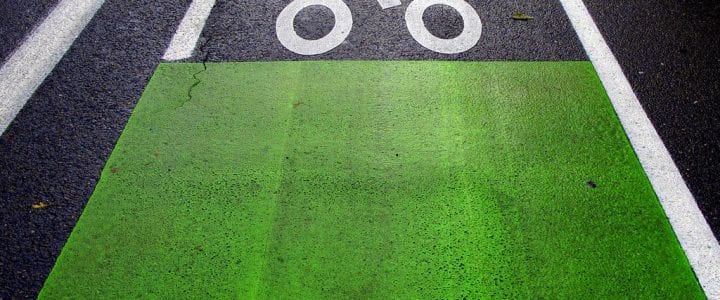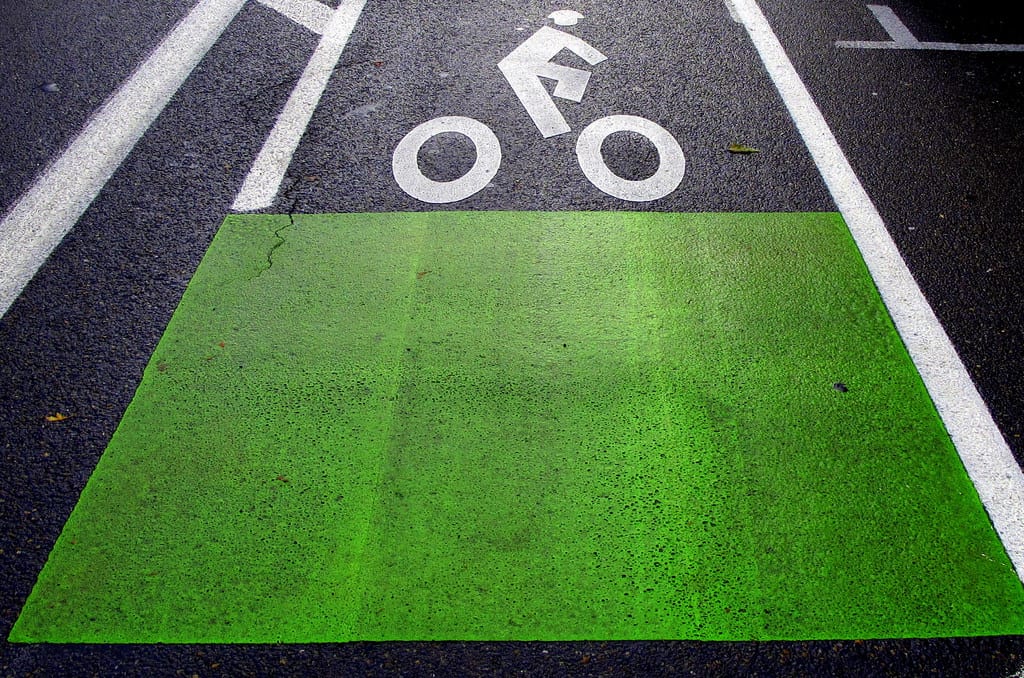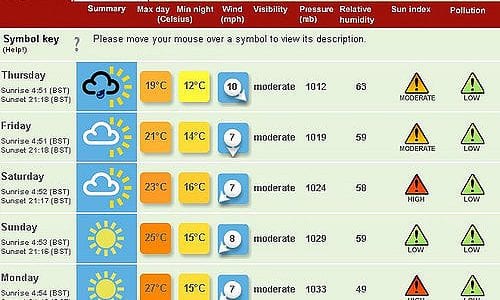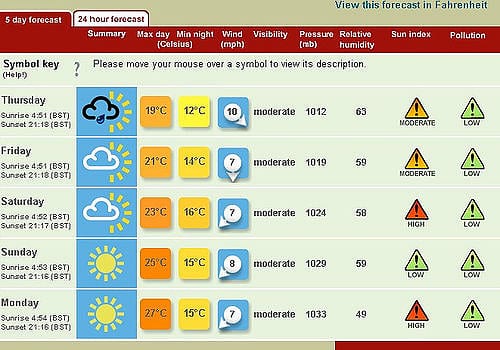Project title: Catchment and Water Brine Management
Industry partner: Mandalay Resources operates a gold and antimony mine located in Costerfield, Central Victoria. The operation is spread across two sites. Augusta is the underground site and the processing plant is named Brunswick. The mine’s final product is a concentrate containing approximately 50% antimony and 80 grams per tonne gold. The concentrate is sent to China for processing where the antimony is ultimately used as a fire retardant in plastics and other synthetic materials. Historically antimony was mainly used as an alloying element in the production of munitions. There is currently a workforce of approximately 200 people engaged at the Costerfield mine site. An exploration team is currently working to secure the future of mining at Costerfield.
Project background:
There are two aspects of water management in the mining that are significant: (1) groundwater extracted as a result of mining operations and (2) surface water quantity and quality that can be altered as a result of the development of mining sites.
To improve and understand how water is currently managed water balances can be done for both surface water and ground water based on the last 10 – 20 years rain data in this region and some data available from Mandalay. Variation of ground water table in the aquifer will also depend on wet and dry weather conditions, geological formations, aquifer mobility, etc slow recharge or fast recharge.
Project aims:
The aims of the project are to examine the following issues:
- Mine drainage water (acid mine drainage or ACMD): this is water drained from the aquifer and infiltration of water that has been pumped out to prevent the mine being flooded while it is actively worked;
- Effluent from ore refining operations on the site (industrial wastewater effluent produced by initial ore concentration and metal extraction;
- Post-mine management (a separate project) water infiltration which when flooding an abandoned mine, will flow out to the natural environment.
- Mining in Costerfield produces a substantial quantity of water and water management is very important in any mining operations. Significant infrastructure investment and energy are required to process water during mining operations. The proposed projects could investigate best practise options and new ways to manage water on the Costerfield site. How overall water management can be improved considering various technologies for brine processing? What is the most suitable brine concentration stream to be economically attractive? Can salt be recovered from brine, or should be the concentrated brine stream discharge to the poor quality aquifer?
- Can brine (high salinity waste streams) be turned into a resource that can be used by the company and the community? What are the environmental benefits of treated water and what is the best way to pump it back to the stream (catchment)?
- Currently there is a trial underway to inject 75-150 Mg/L of filtered water into the aquifer. There are no visible changes to the shallow aquifer. Model and monitor injecting greater volumes of recycled water into the aquifer. What are the benefits? What is the rate of recovery of the aquifer and water tables?
- Monitoring plan for aquifer-Asses and model antimony signature in aquifer after injection at various intervals- DELWP and EPA. Ten years of data to model with and what happens to water table if mine closes in 1 year, 3 years or 10 years? Modelling of the aquifer under different shut- down conditions?
- The mine currently has a licence to discharge treated water into the Wappentabe creek, and needs to better understand the environmental benefits of discharging water to the creek, model optimal discharge and flows. What are the community and environmental benefits of returning water to the creek?
Project deliverables:
| Deliverable | Description | Initial Timing Estimate |
| Project plan | Project Plan and Site Visit | TBA |
| Milestone 1 | Literature and data review of water management in mining contexts and verify scope of work | TBA |
| Milestone 2 | Develop catchment model to estimate environmental flow and potential environmental impacts ( positive and negative) | TBA |
| Milestone 3 | · Augmentation and modelling of environmental flow and industrial waste water influence.
· Developing discharge criteria · Dispersion of discharge flow, metal concentrations, risk assessment, seasonal variations of environmental flow · Characterisation and modelling of waste water system |
TBA |
| Draft project report | · Draft project report, diagram, risk assessment matrix, schematics and presentation.
· Developing community education bulletin |
TBA |
| Stakeholder engagement | · Feedback from Mandalay | TBA |
| Final Report | Project report with accompanying presentation materials (eg. Modelling results and risk assessment matrix) | TBA |
Students:
- 06 students (environmental science/engineering, sustainable systems, engineering management)
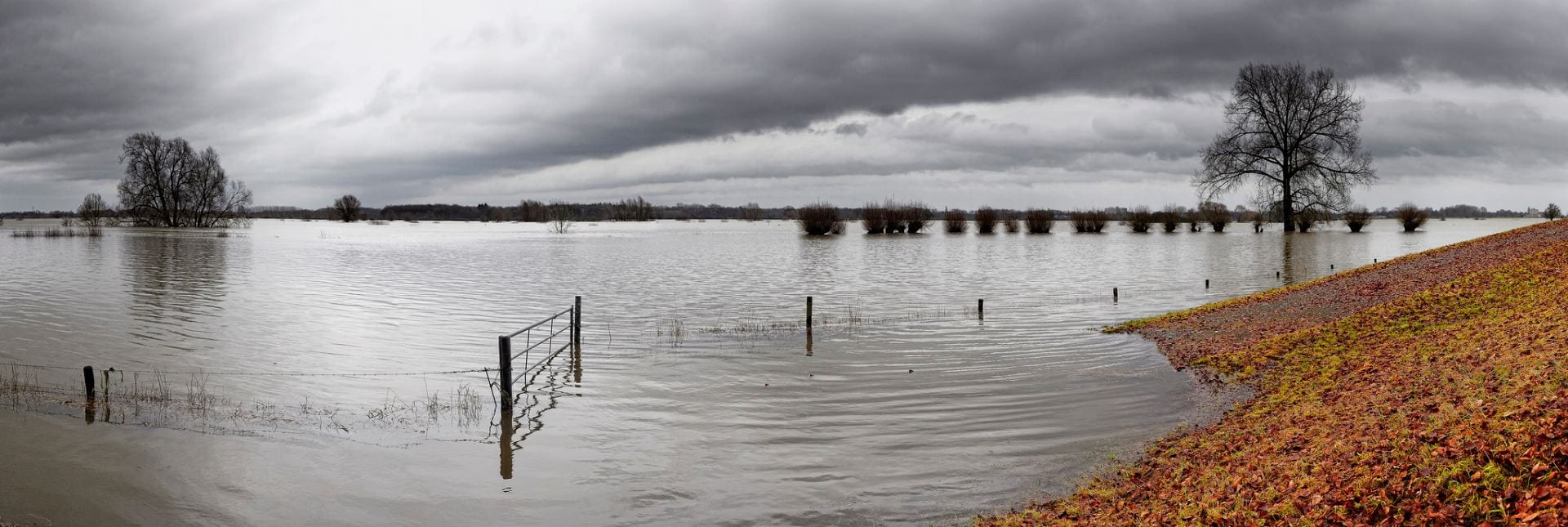 Image: https://www.flickr.com/photos/marijkemooy/6817902484/
Image: https://www.flickr.com/photos/marijkemooy/6817902484/
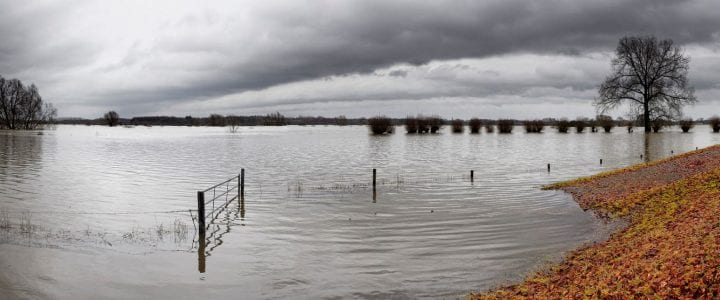
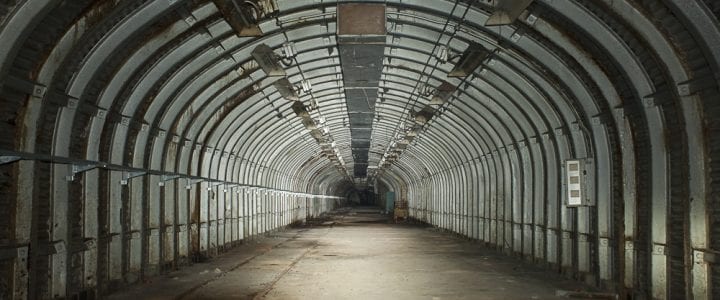
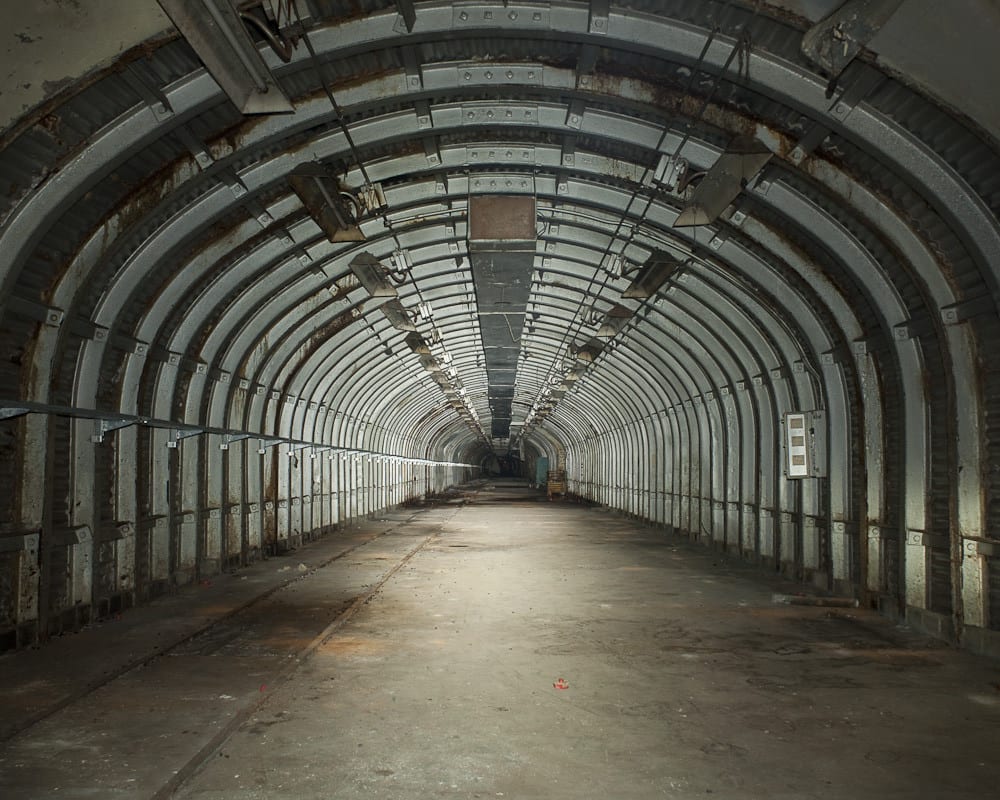
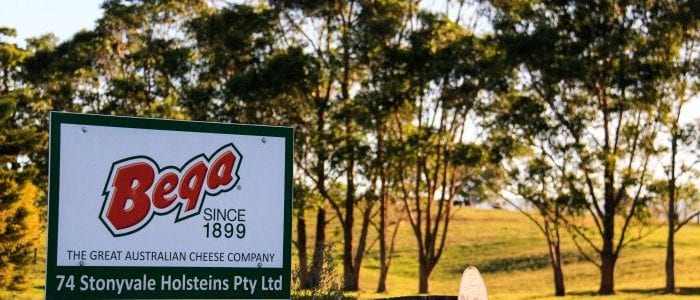
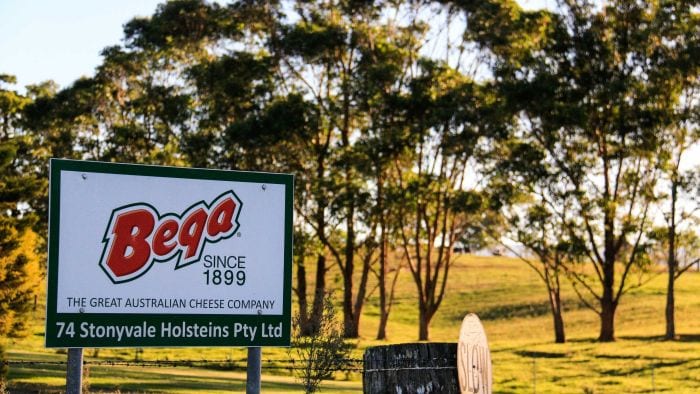
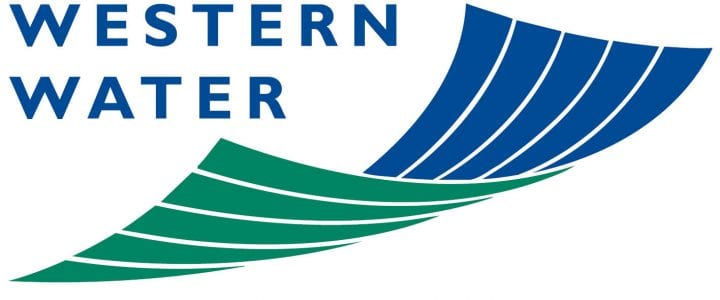
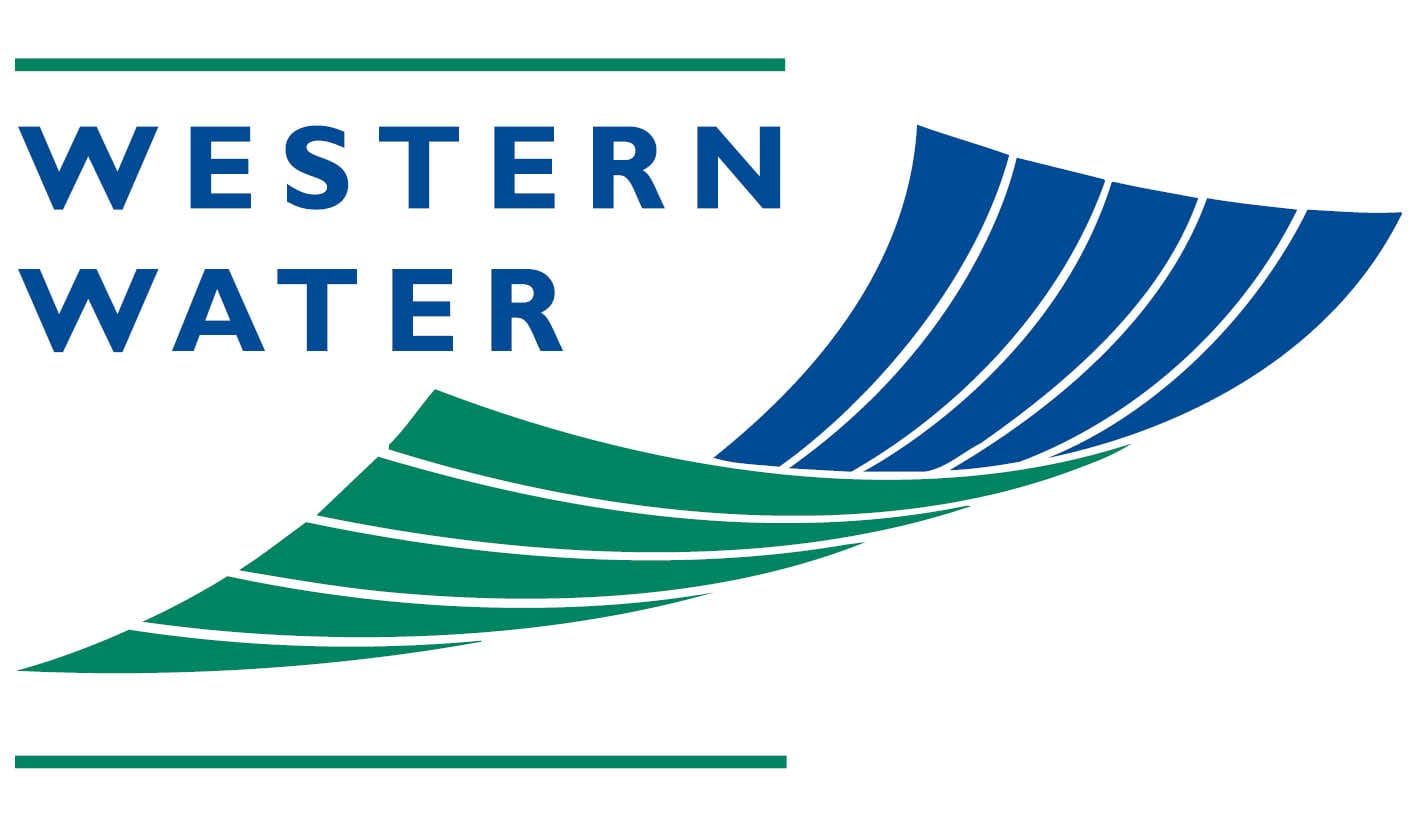
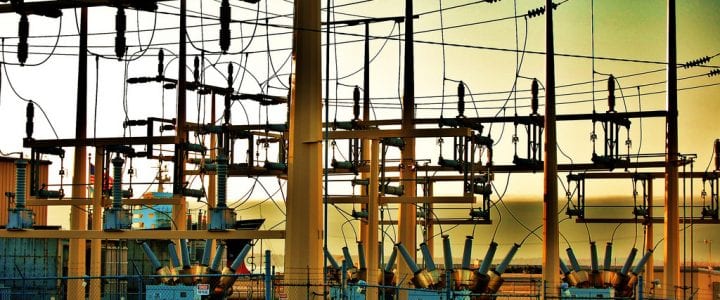
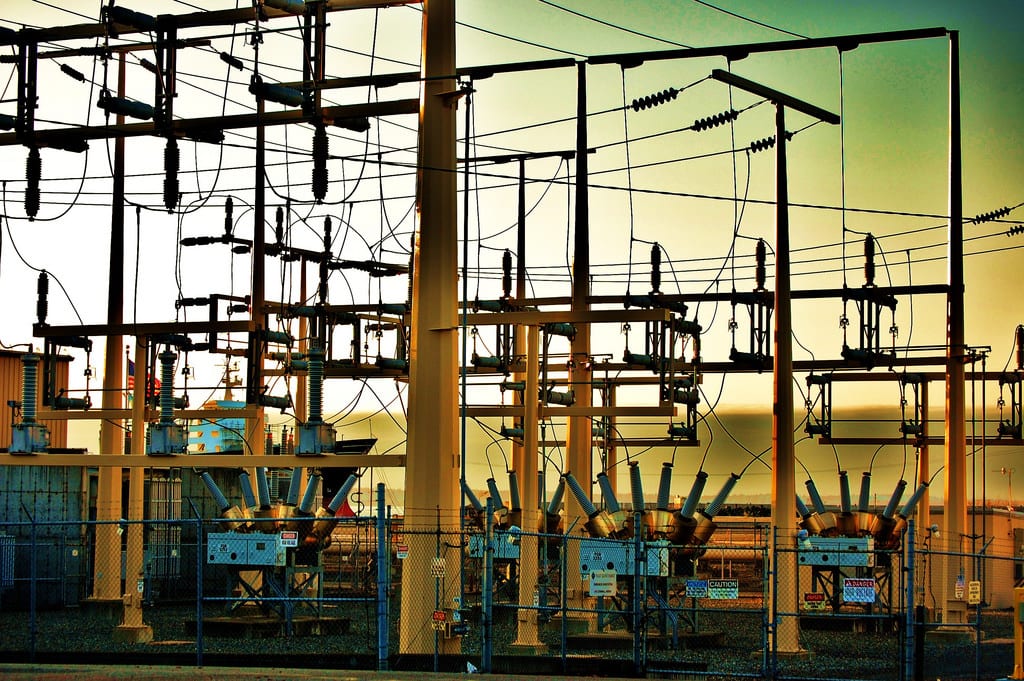
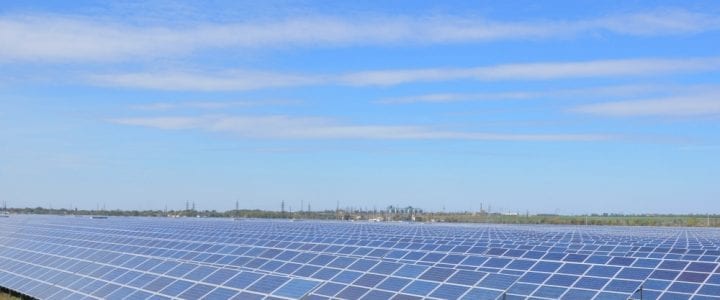
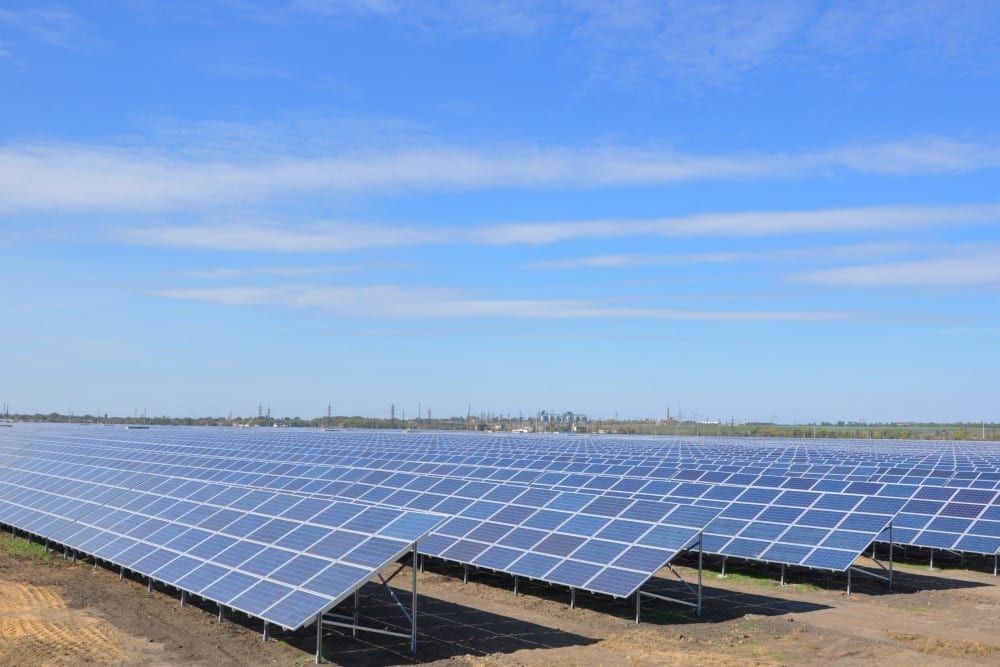 Photo:https://www.flickr.com/photos/activsolar/8447103163/
Photo:https://www.flickr.com/photos/activsolar/8447103163/